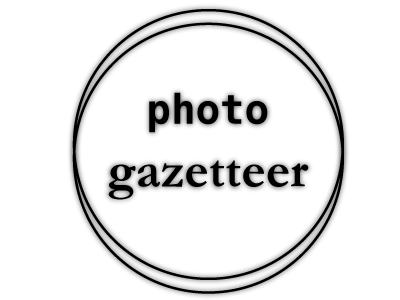 |
| john king photo This senior couple living in Camrose, Alberta, share an ice cream at the park on a summer day. |
In recent times, however, this hard drive has come to my full attention because after digging it up, and connecting it to my computer, it made this repeating clicking noise, and then I wasn't able to get in there. After taking it to the computer shop, I was able to get those photos off and and have them put on a newer, I guess better, hard drive.
Once I could finally access all my photos, I was able to get this one: the picture I remember taking in 2005 in Camrose, Alberta, on a summer day of a senior couple sitting at a wooden picnic table sharing an ice cream at the playground.
I was a cub community reporter then, and this is my best shot.
















